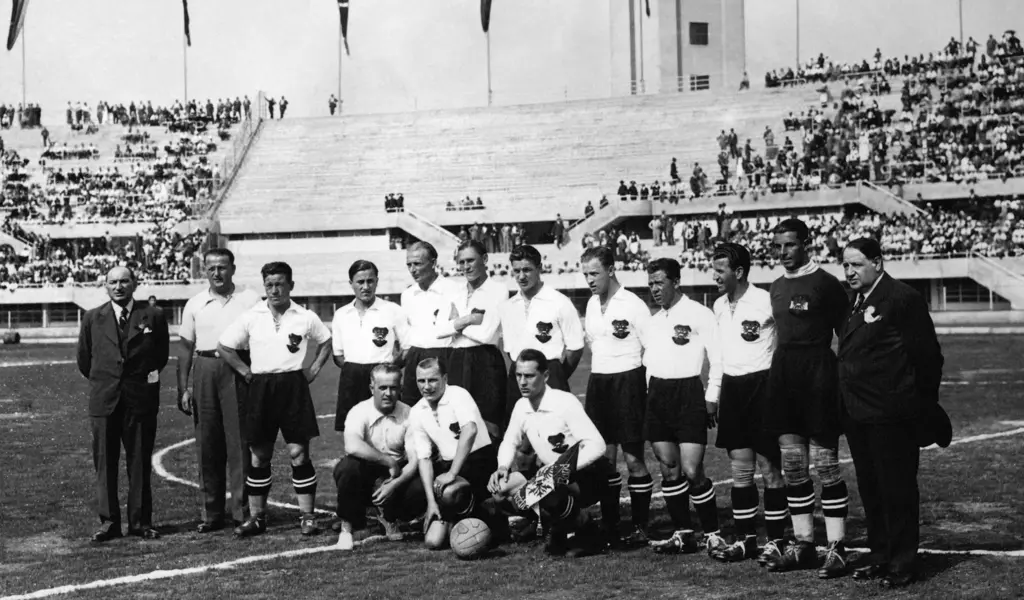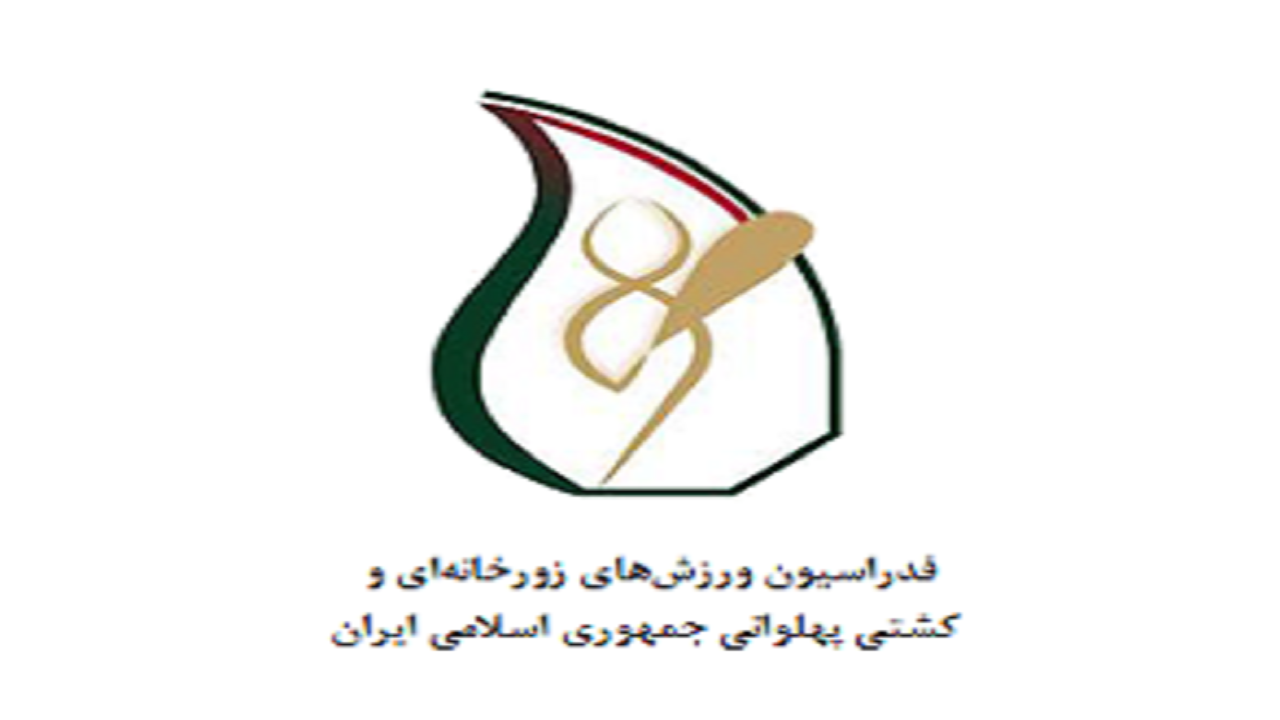He was a remarkably small man, very thin,” wrote the operatic tenor Michael Kelly. “His physique gave no indication of genius.” Yet, in his 35 years on earth, Wolfgang Mozart flashed extraterrestrial genius in copious quantity.
The Mozart of Football’ wrote a Xerox composition in his 39 years. Matthias Sindelar was just 14 when his father died. He left school, therefore, and became a locksmith to support his family. It was, nonetheless, unlocking defences at which he most excelled. From the age of 18, he began taking the Austrian domestic scene by storm.
Hugo Meisl was, despite a relentless racket for Sindelar’s international call-up, unconvinced. The Austria coach said he had “the physique of a child”. When an injury crisis struck ahead of a Czechoslovakia clash in 1926, however, the 23-year-old belatedly got his shot. He snatched it in style, scoring one and setting up the other in a 2-1 victory in Prague.
When Austria drew against the same side four years later, Meisl cast Sindelar as the culprit. The forward played only one of Austria’s next 15 games. Results weren’t sweet. They lost three straight games to Hungary and failed to score at home in two other outings.
Enter an Englishman. Jimmy Hogan, a trailblazing tactician, was a Meisl mentor. The former aspiring priest persuaded the former bank clerk not only to field Sindelar, but to build his team around him.
‘The Paper Man’ was recycled for the visit of a Scotland machine that had never lost in continental Europe. That distinction wasn’t just rubbed out in the Austrian capital, but shredded to smithereens in a Sindelar-inspired 5-0 defeat.
The Wunderteam’ had been born. Austria duly embarked upon a battering tour, Belgium, Bulgaria, France, Hungary and Switzerland all helpless victims, and conquered the Central European Cup.
If The Marriage of Figaro was Mozart’s Chef-d’oeuvre, a Vienna virtuoso in 1932 was the same to ‘The Mozart of Football’. The Hungarians were pummelled 8-2, with Sindelar scoring thrice and setting up the other five.
Even in a seldom defeat, Sindelar emerged as the headliner. When Austria became the first overseas team to score more than once away to England, ultimately losing 4-3 at Stamford Bridge, he even wowed the referee.
“Sindelar’s goal was a masterpiece, which no-one else – no-one before him and no-one after him – could possibly have scored against opponents as good as the English,” said John Langenus. “Starting on the halfway line, Sindelar set off and, in his inimitably elegant manner, dribbled round everything which came at him, finishing with a backheel into the net.”
Willy Meisl, a journalist and Hugo’s brother, wrote: “He was truly symbolical of Austrian soccer at its peak: no brawn but any amount of brain. Technique bordering on virtuosity, precision work and an inexhaustible repertoire of tricks and ideas.
“He had a boyish delight in football exploits, above all in unexpected twists and moves which were quickly understood and shared by his partners brought up on the same wavelength, but were baffling to an opposition only a fraction of a second slower.”
The Wunderteam’ travelled to Italy for the 1934 FIFA World Cup™ as the title favourites. ‘The Paper Man’ headed there not only as the face of football, but also of Austrian cheese, Italian suits and Swiss watches. Astonishingly, 12,000 Austrians – a staggering total in that era – crossed the border to see their darling in action.
Sindelar didn’t disappoint. He scored one and set up another as Austria eked out an extra-time victory over France in the last 16. They then edged a Hungary side spearheaded by the great Gyorgy Sarosi to set up a semi-final against the hosts.
Italy went into the game having lost just two of their last 30 games, during which time they’d netted 100 goals. Austria had also lost just once in 12 encounters with Italy, recently beating them 4-0 in Genoa and 4-2 in Turin a few months earlier.
Victory over Hungary had, however, come at a cost. The great Hans Horvath was too crippled to play at the San Siro. Sindelar was also injured, but while his body was made of paper, his heart was made of stone. “He insisted nothing would stop him playing,” said Meisl.
Despite being man-marked by Luis Monti, one of the most barbarous enforcers of all time, Sindelar was at his inventive optimum. Unfortunately, despite Austria registering 22 shots on goal, the excellence of Gianpiero Combi blanked them and a controversial goal by former Argentina striker Enrique Guaita settled the showdown.
Austria’s World Cup dream died 90 years ago today. Just like the imprints ‘The Magical Magyars’, ‘Clockwork Oranje’ and ‘Futebol-Arte’ made on the World Cup, ‘The Wunderteam’ will be remember fondly and forever. So, too, will ‘The Mozart of Football’.
- نویسنده : محمد مهدی اسماعیلی






























Friday, 25 July , 2025